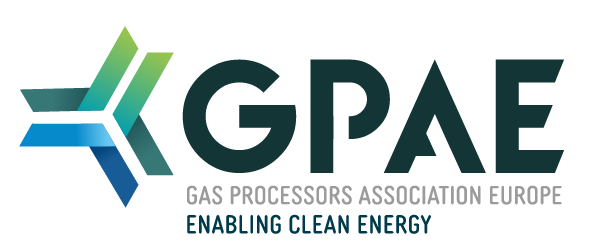Order your copy of the The GPSA Engineering Databook. The 14th edition is almost 1,000 pages of technical information and is the worldwide authoritative resource for technical and design information.
Liquid vs. Fixed Bed H2S Scavengers. Working in Harmony or Against Each Other for H2S Removal
Natural gas sweetening extensively utilizes both liquid scavengers and fixed bed adsorbent technology. Typically, an operator uses one of these chemical treatment options for the selective removal of Hydrogen Sulfide in crude oil and natural gas processing. Few suppliers provide both liquid and fixed bed adsorbent and are therefore unable to look objectively an optimized natural gas sweetening solution using both technologies together. In this paper, we discuss the advantages and disadvantageous of each natural gas sweetening technology. This review focuses on an overview of both liquid scavenger and fixed bed adsorbent, including a process description, chemistry, equipment required, footprint, method of monitoring performance, system maintenance, and the resulting economics. A successful case study demonstrating hybrid system operation is included. This case study demonstrates how a hybrid system, using a liquid scavenger followed by a fixed bed adsorbent can be more effective in meeting customer's specific requirements. A hybrid system can improve control of both CAPEX and OPEX and provide flexible operation.
Presentation Only.


